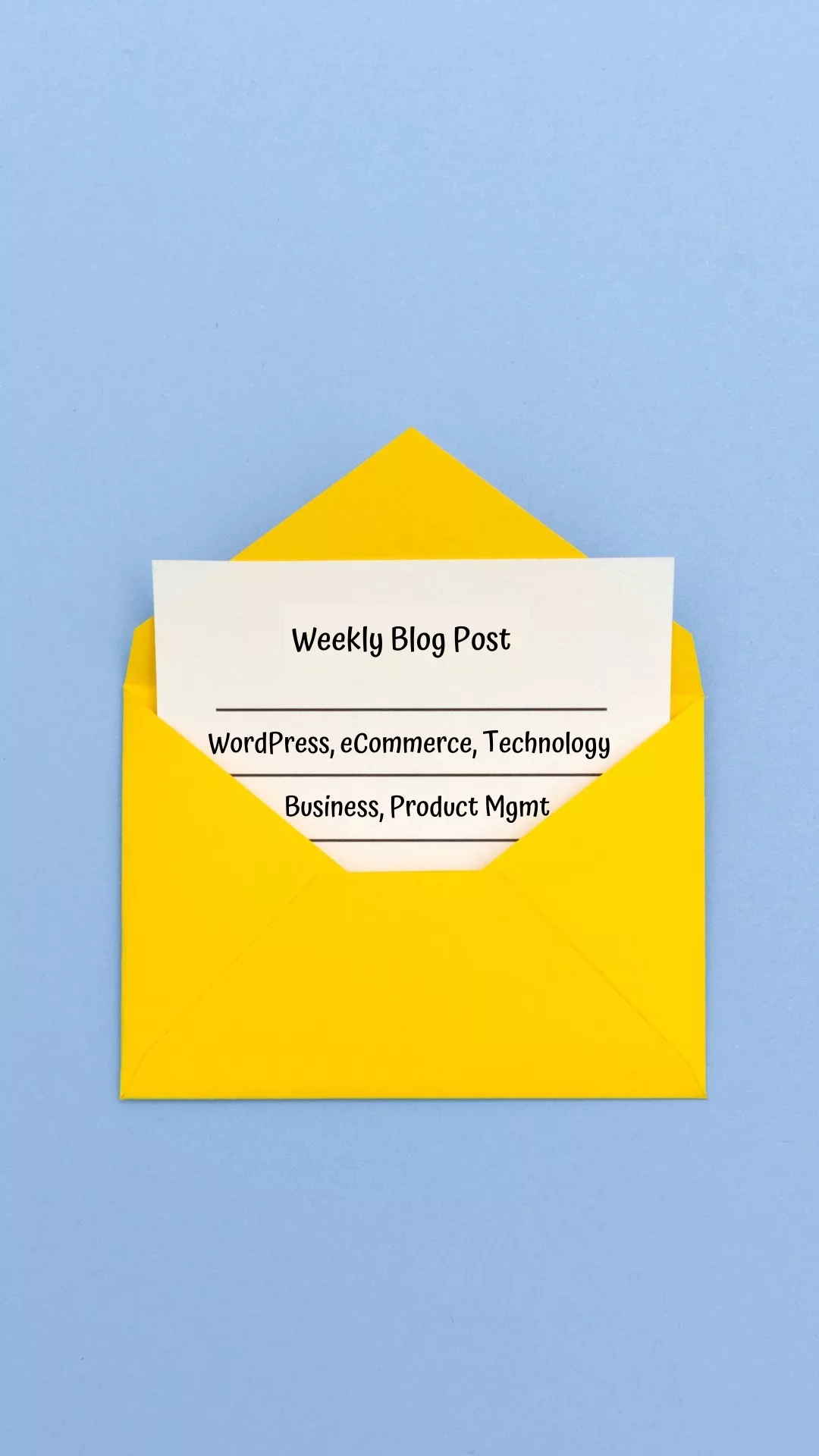What the Heck Do Product Manager’s Do?

Most technology companies have Product Managers on their team or even an entire function dedicated to Product Management. But, one common question I get from others is “What exactly do you guys do?” and I completely understand where this comes from. Our role is often shrouded in mystery and misconceptions, leading to confusion about their responsibilities and how they contribute to a company’s success. With this blog post, I’d like to make an attempt to shed a light on the true nature of a Product Manager’s role from defining product vision, strategy and roadmap to collaborating with cross-functional teams.
Understanding the role of a Product Manager
At its core, a product manager is responsible for leading the development, delivery and success of a product. This includes everything from defining the product’s vision and strategy to continuously monitoring and improving the product after it’s launched. But what does this actually mean in practice?
One of the biggest misconceptions about product management is that it’s all about creating new features. While features are certainly a part of the job, a product manager’s role is much broader than that.
Along with the development of the product, the product manager must take complete ownership of the problem space and ensure that the product is solving the right problems that will create value for the customer and the business. They do this by understanding the market, identifying customer needs and pain points, and developing a strategy to meet those needs.
This includes conducting market research, talking to customers, and working with customer facing teams to understand our customers and their problems better.
Once the problem is clearly defined and the strategy is set, product managers will then work with the engineering teams to brainstorm potential solutions for it, determine the feasibility of the solution based on complexitity, effort and budget and then get to actually scoping out the work for execution and delivery.
Given the collaborative nature of this role, it is crucual to have the skills to communicate effectively. Product managers must be able to clearly convey their ideas and plans to different teams and stakeholders, and they must be able to negotiate and collaborate effectively with other teams.
Think of a product manager as a conductor in an orchestra, they bring all the different instruments (teams) together to create something beautiful. They need to have a clear vision of what they want to achieve and be able to communicate that vision to the different teams, who will then work together to make it a reality.
Influence of a Product Manager in Strategy and Decision making
One of the most important skills a product manager must possess is the ability to think strategically. This means understanding the big picture, identifying opportunities for growth and innovation, and making decisions that will drive the success of the product.
A product manager’s role is about creating a product that meets the needs of the customer and provides value to the company. They must be able to balance the needs of the customer with the needs of the company. They need to be able to make difficult decisions and prioritize what is most important for the product and the company.
Example – Grocery App Company
Let’s take an example of a company that runs a mobile application that helps people find the best deals on groceries. The company is doing well, but the product manager notices that a lot of customers are complaining about the app’s interface. They conduct market research and find out that customers want a more user-friendly interface that is easy to navigate.
The product manager presents this information to the team and proposes a redesign of the app’s interface. But the redesign would take a lot of time and resources, and the company is under pressure to deliver new features to stay competitive. The product manager needs to make a difficult decision, should they prioritize the redesign of the app’s interface or should they focus on delivering new features?
The product manager will look at a lot of data and conduct analysis, weigh the pros and cons of each option and consider the long-term impact. They know that if they don’t address the customer’s pain point, the app’s user experience will suffer, and they will lose customers in the long run. They also know that if they can improve the app’s interface, they will be able to attract new customers and increase engagement. Additionally, the product manager also evaluates the options in terms of time, resources and budget. Ultimately, he decides that the redesign of the apps interface is a critical step to improve the customer experience and success of the product.
In the end, the redesign of the app’s interface is a success. The new interface is more user-friendly and easy to navigate, and customer complaints about the interface decrease significantly. The company also attracts new customers and sees an increase in engagement. The product manager’s decision to prioritize the redesign of the app’s interface over new features proves to be the right one, as it allows the company to retain and attract customers, and ultimately drive the success of the product.
Leading without Authority
In cases like in the example above, it’s not always easy for a product manager to convince the company’s leadership, especially when they may have different opinions or priorities. This is where the skill of leading without authority comes into play. A product manager must be able to influence and persuade others, even if they don’t have direct authority over them. They must be able to build relationships, understand the perspectives of others, and effectively communicate the value of their ideas.
In this scenario, the product manager’s ability to communicate effectively played a crucial role in selling their decision to prioritize the redesign of the app’s interface over new features. They were able to clearly convey the customer’s pain points and the potential benefits of the redesign to the team and the company’s leadership. They were able to demonstrate that addressing the customer’s needs was essential to the long-term success of the product, and that the redesign would ultimately result in increased engagement and new customers.
Conclusion
After being one for almost 3 years, I can say really say with confidence that it is one of the most challenging, yet rewarding roles out there. You’re really get the opportunity to be the driving force behind brining a product to market and ensuring its success which is a really fulfilling experience. So, the next time you see a product you love, remember that there’s a product manager behind it, working tirelessly to make it a reality.







Leave a Reply